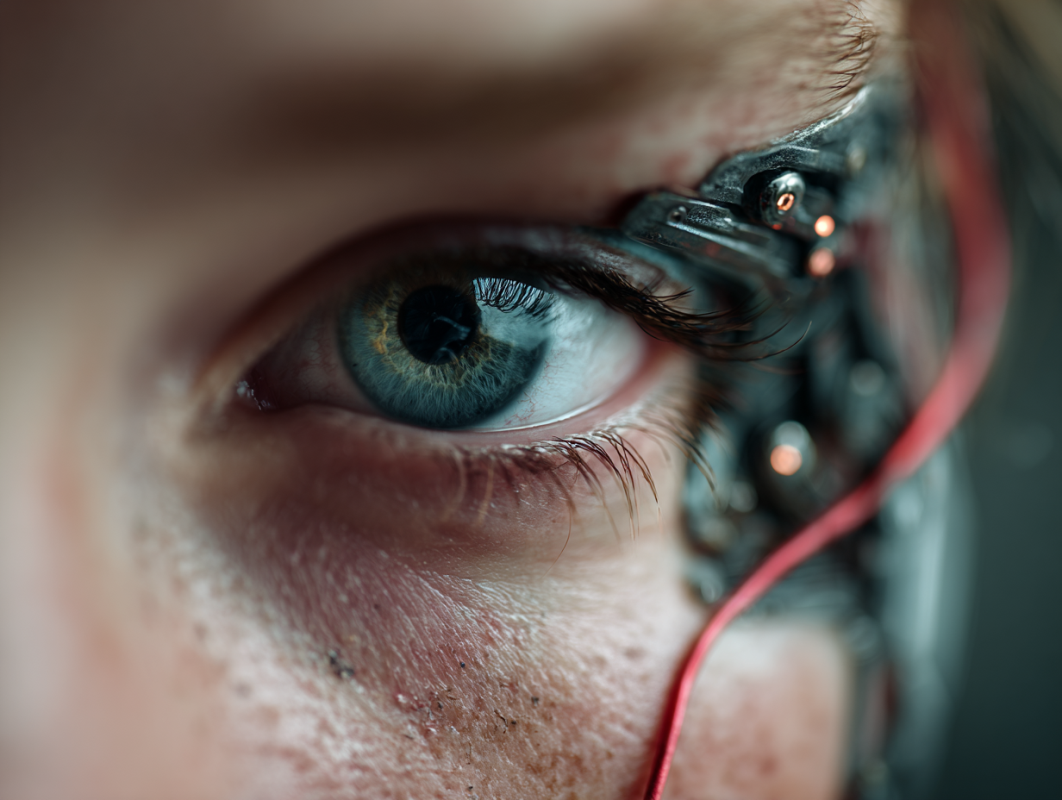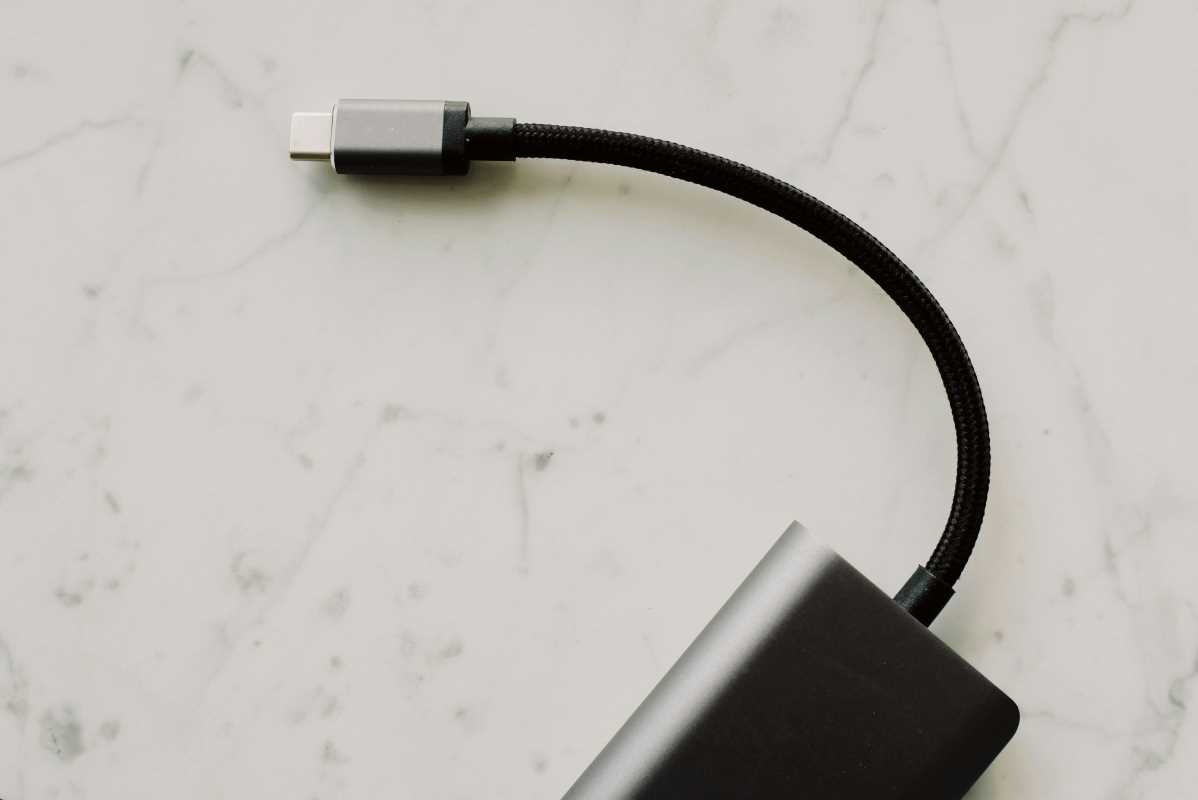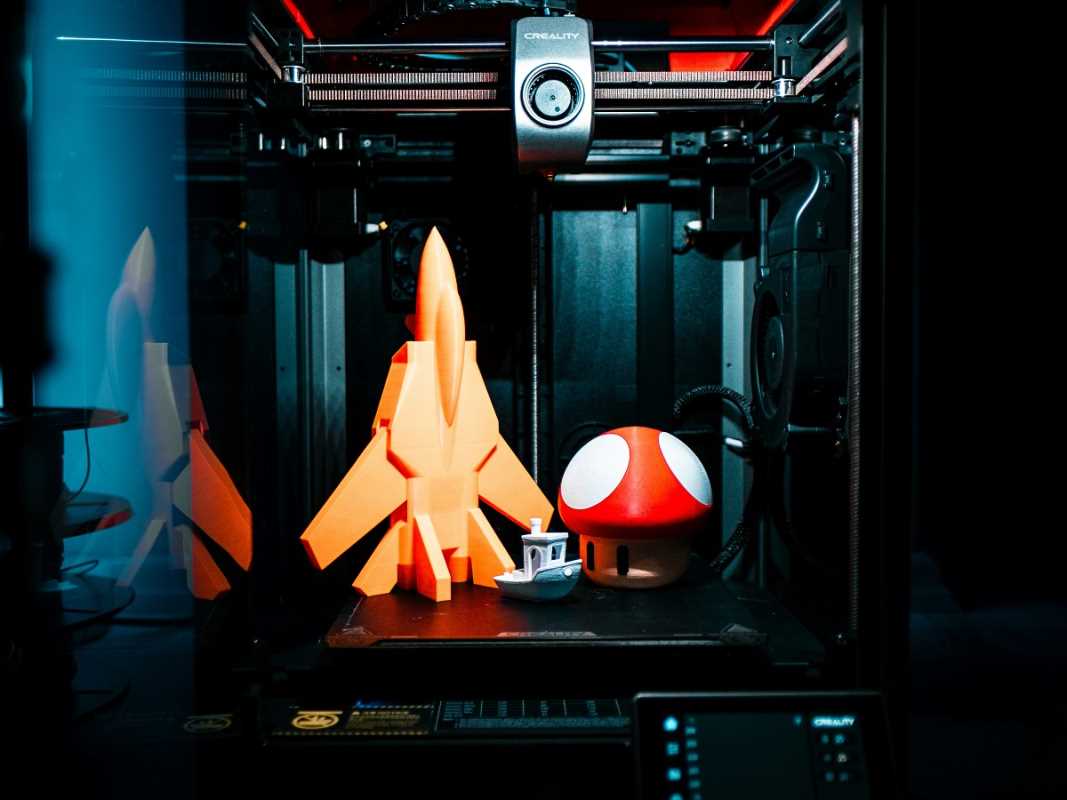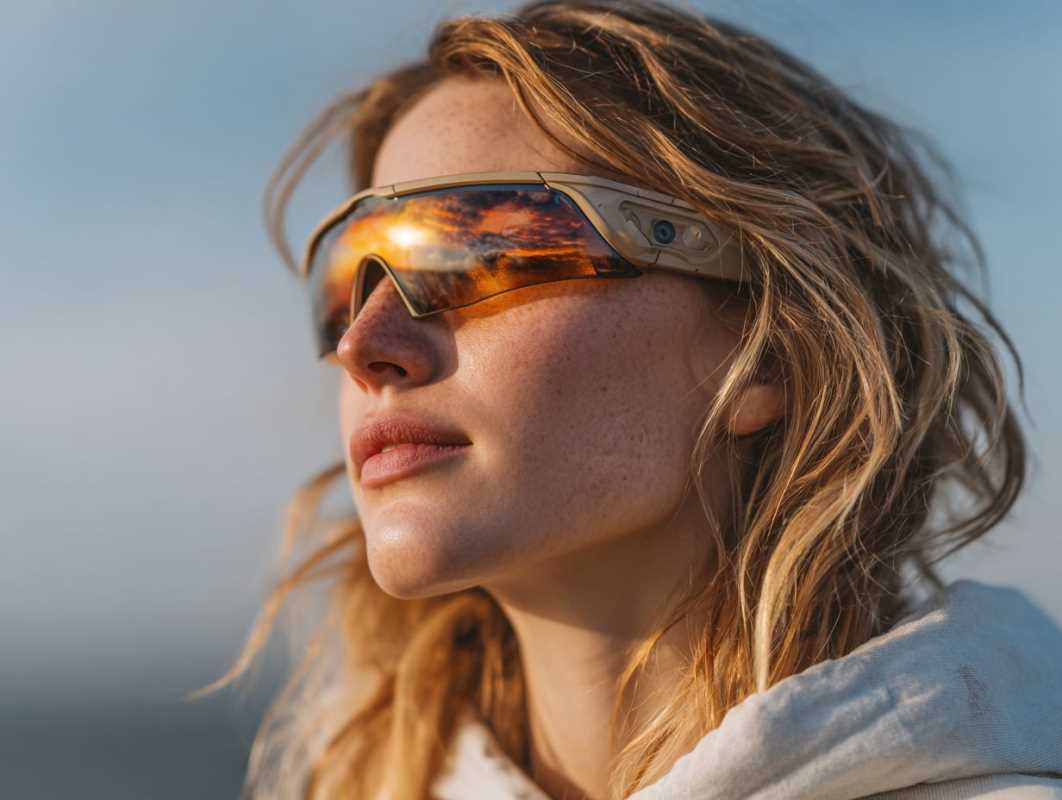If you’ve explored the neon-lit streets of Night City in Cyberpunk 2077, you’ve probably dreamed of a world where tech seamlessly integrates with human biology. From cybernetic arms capable of superhuman strength to neural implants offering instant access to knowledge, the game painted a vibrant, albeit gritty, picture of our potential future. While Cyberpunk 2077 might be a work of fiction, it’s not as far from reality as you might think. Today, technology inspired by cyberpunk dreams is steadily entering the mainstream.
Smart prosthetics, neural interfaces, and advanced wearable tech are no longer just sci-fi concepts. They’re revolutionizing industries from healthcare to gaming and completely reshaping human-machine interaction. But how close are we to living in a cyberpunk world, and what challenges lie ahead? Let's jack in and explore the emerging innovations bringing cyberpunk tech to life.
Smart Prosthetics: Redefining Human Capability
One of the hallmarks of cyberpunk technology is its ability to augment and improve the human body. Smart prosthetics are perhaps the most tangible example of this evolution. Modern prosthetic limbs are no longer just mechanical attachments; they are becoming true extensions of the human body, capable of mimicking natural movement and even surpassing biological limits.
The State of Smart Prosthetics
- Advanced Movement: Prosthetic limbs equipped with sensors and AI can interpret electrical signals from muscles to enable intuitive movement. Companies like Open Bionics are producing affordable, futuristic limbs like the Hero Arm, which is powered by muscle sensors for lifelike control.
- Touch Sensation: Researchers are now working on prosthetics that can provide the sensation of touch. Through sensory feedback systems, these prosthetics send signals from the artificial limb to the user’s nervous system, giving them the ability to feel pressure, texture, or even temperature.
- Customization and Style: Just as in Cyberpunk 2077, where characters flaunt personalized cyberware, today’s prosthetics are moving in a stylish and customizable direction. Open Bionics, for instance, offers modular designs inspired by popular franchises like Star Wars and Marvel.
Applications and Beyond
Smart prosthetics aren’t just tools for regaining function. They hold promise for athletes, labor-intensive workers, and anyone curious about augmenting their body for enhanced strength and dexterity. Biomechanical limbs with built-in tools, such as screwdrivers or scanners, could soon break into mainstream adoption, making us all one step closer to functional cyborgs.
Neural Implants and Brain-Computer Interfaces (BCIs)
Imagine accessing endless streams of information with a single thought or operating machinery using only your mind. Neural implants are turning what once seemed like sci-fi exaggeration into real-world potential. These implants connect the brain directly to computers, enabling a seamless interface between thought and technology.
Major Breakthroughs in Neural Tech
- Neuralink’s Vision: Spearheaded by Elon Musk, Neuralink is developing brain implants capable of restoring motor function, treating neurological conditions, and enhancing cognitive abilities. While early applications target medical issues like paralysis and Parkinson’s disease, the long-term goal is to integrate AI directly with the brain.
- Restoring Senses: Companies like Second Sight are exploring neural implants to restore vision for people with blindness by transmitting visual data directly to the brain. Similarly, cochlear implants have already proven successful in restoring hearing.
- Mind-Controlled Devices: Brain-computer interfaces allow users to control devices like robotic arms or even drones using brainwaves. This technology is opening doors for the disabled community, allowing wheelchair control or communication through thoughts alone.
Future Implications and Ethical Concerns
While neural implants are breaking barriers, questions around privacy, consent, and security loom large. If the brain becomes hackable, the implications for personal autonomy are dire. While connecting our minds to machines sounds empowering, it raises concerns about surveillance and who controls the data generated by our own thoughts.
Augmented Reality (AR): The Cyberpunk Vision in Your Field of View
Remember the AR overlays in Night City, where shop ads and mission objectives seemed to float in the world around you? Augmented reality is finally delivering on that vision, and it’s happening much faster than we expected.
Current AR Innovations
- AR Glasses Go Mainstream: Devices like Microsoft’s HoloLens and the Magic Leap 2 are leading the charge in augmented reality, allowing users to overlay virtual imagery onto the real world. These devices are already being used for industrial applications, such as 3D modeling, architectural design, and real-time training.
- AR for Everyday Life: Apple and Google are advancing AR technology in smartphones, making it accessible for everyday applications. Whether it’s gaming with Pokémon GO or using AR for online shopping, the gap between virtual and physical realms is shrinking.
- Interactive Gaming and Entertainment: AR tools are bringing interactive content to our daily lives. AR escape rooms and immersive storytelling experiences are gaining popularity, making fiction feel as tangible as reality.
Future Directions
The dream of sleek, fully immersive AR glasses is closer than you think. Soon, lightweight AR eyewear might replace traditional smartphones altogether, delivering notifications, digital maps, and augmented interfaces straight to your vision. But with this convenience comes concerns over distraction, addiction, and the further blurring of boundaries between reality and technology.
Wearable Technology Gets Smarter
Cyberpunk-inspired wearables are leaping ahead in versatility, integrating functionality with cutting-edge design. From wired jackets to biotracking smartwatches, wearables are enhancing not only our digital connectivity but also our health, safety, and creativity.
Examples of Smart Wearables
- Bio-Monitoring Tattoos: Biowearables are advancing beyond wristbands. Flexible electronic tattoos are now tracking heart rates, hydration levels, and glucose without invasive procedures. These tattoos can eventually help in early disease detection or remote health monitoring.
- Solar-Powered Clothing: Imagine clothing that charges your gadgets as you walk through the day. Startups are exploring flexible solar cells embedded into fabrics, creating eco-friendly solutions for portable power.
- Haptic Feedback Suits: Suits like the Teslasuit take body-tracking wearables to the next level, enabling full-body haptic feedback for gaming, VR, or even remote training environments.
Where Fashion Meets Functionality
One exciting development in wearables is the integration of fashion-forward design. Advanced jackets with built-in LEDs, heat-regulating fabrics, or connected devices are becoming trendier. Wearables are increasingly about expressing personality just as much as they are about function.
The Ethical Dilemmas of Cyberpunk Tech
While the progress of cyberpunk-inspired technologies is exhilarating, it also comes with a host of ethical dilemmas tech enthusiasts can’t ignore.
- Data Privacy: With neural implants and wearable AR tracking your every interaction, who owns the data? And who ensures it’s protected from misuse?
- Economic Accessibility: If these technologies become staples, what happens to those who can’t afford enhancements? The socioeconomic divide might widen even further.
- Body Autonomy: How much must one trade off in order to access the benefits of cutting-edge tech?
- Human Identity: Lastly, as we integrate more technology into our bodies and minds, how do we define what it means to be human?
These are no longer hypothetical debates. They’re critical conversations for a world on the threshold of merging biology and technology.
 (Image source: Midjourney)
(Image source: Midjourney) 





